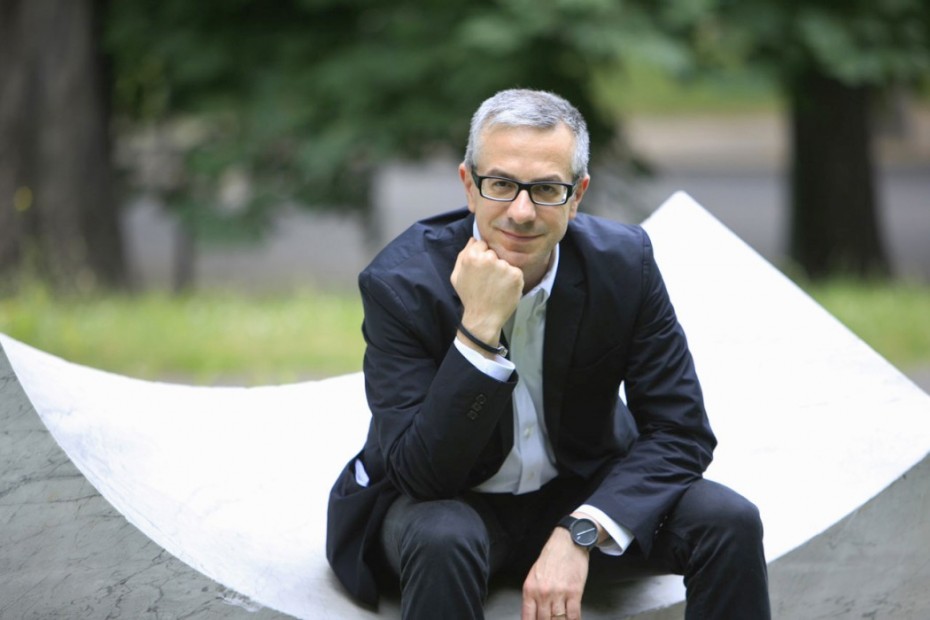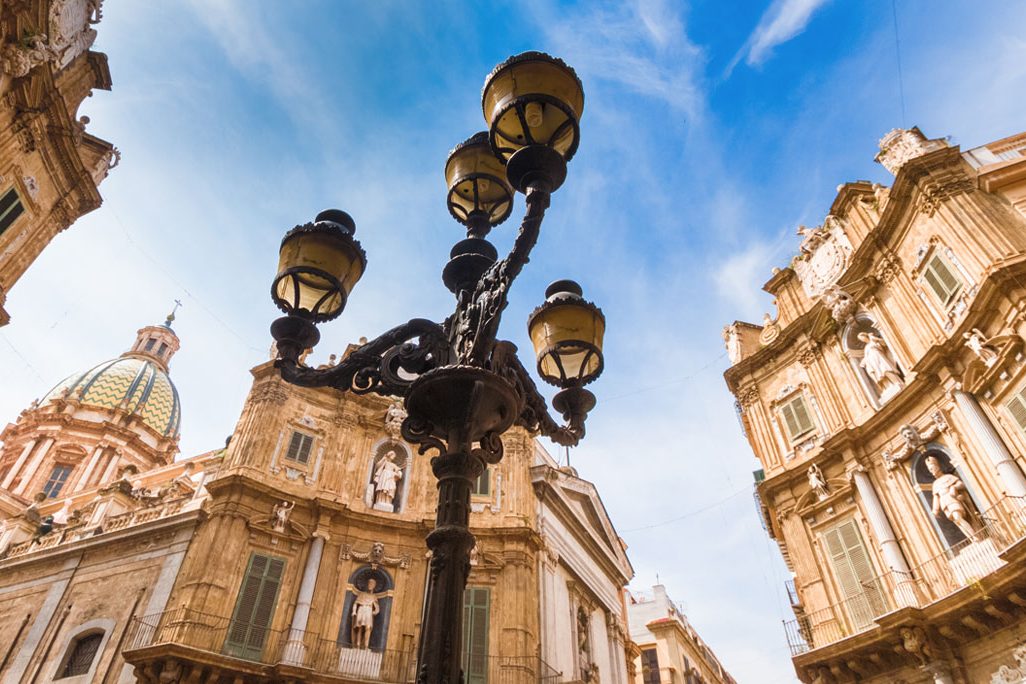In a few months, the travelling exhibition of Michelangelo’s precious drawings from Casa Buonarroti, Florence, will proceed to Nashville and Phoenix, after having had its only Canadian venue in Toronto, at the Art Gallery of Ontario.
Michelangelo (1475-1564), was a multi-talented and multi-disciplinary artist: sculptor, draughtsman, architect, poet, and, reluctantly (on his part) painter. He accomplished things that made the whole world marvel. Over a career which lasted seventy-seven years, Michelangelo created some of the most famous works of art of all time, including the two Pietà, the statue of David and the ceiling of the Sistine Chapel.
In the privacy of his studio he drew relentlessly on paper not only to perfect his skills but also to give free reign to his ideas and emotions. Drawing was foundational to the artist’s creativity, something he did every day, whatever the circumstances. As Renaissance writer and historian Giorgio Vasari points out in his Lives of the Most Excellent Painters, Sculptors, and Architects -(1550)-considered to be the ideological foundation of art-historical writing- “Michelangelo was so obsessed by drawing that he used to spend on it all the time he possibly could”.
Michelangelo, Madonna and Child, c. 1524 black and red chalk, white heightening and ink.
In order to achieve perfection he made endless anatomical studies, dissecting bodies of men and animals to discover the concatenation of their bones, muscles, nerves and veins. He worked relentlessly, slept very little and often got up at night. Wearing a hat with a candle lit over his head so that he could keep his hands free, Michelangelo drew the human body to express not only its physical beauty but also the wide range of the soul’s emotions and joys.
Moreover, he remembered everything he ever drew, and given his highly retentive memory, which allowed him never to repeat himself, he never made two figures alike or in the same pose.
In fact Michelangelo’s celebrated motto was “ Always vary what you do, as it is better to make a mistake than repeat oneself”. For all the artist’s voluminous output in pen and ink, graphite, and black, red and white chalk, only six hundred authenticated Michelangelo drawings are known to exist to day.
According to Vasari, shortly before death, Michelangelo burnt a large number of his drawings, sketches and cartoons for two reasons; he was afraid of being plagiarized and he did not want other people to “see the labours he endured”. The thirty drawings on view in Toronto, with the exception of one which belongs to the permanent collection of the Art Gallery of Ontario, come from Casa Buonarroti, the Palazzo in Florence Michelangelo owned but where he never lived.
Michelangelo, study for fortifications for the Porta al Prato in Florence
His nephew, Michelangelo the Younger, subsequently converted it into a museum. Its collections include two of Michelangelo’s earliest sculptures, the Madonna of the Steps and the Battle of the Centaurs. A ten-thousand-book- strong library has accumulated there over the centuries, a facility which also includes the family’s archive, some of Michelangelo’s letters and over two hundred drawings.
By the time Michelangelo’s last direct heir died in 1858, the Casa Buonarroti was considered the largest repository of Michelangelo drawings in the world.
The drawings on view are both figurative and architectural sketches including plans for fortifications, the extraordinary staircase of the Laurentian Library in Florence, the facade of the Basilica of San Lorenzo, still unbuilt, the New Sacristy in the same church, San Giovanni dei Fiorentini on Via Giulia, Rome, the Porta Pia city gate and the Arch of Constantine. A selection of these works is accompanied by a video showing the buildings as they exist today.
In addition, two impressive computer programs allow visitors to explore an unbuilt project for Clement’s VII ’s private library in Florence, a triumph of innovative architecture, and the church of San Giovanni dei Fiorentini in Rome. Particularly outstanding are five figurative drawings. Madonna and Child (1524) is truly a revolutionary drawing. The child is three dimensional to the point that it almost steps out of the paper itself like a sculpture. The Virgin who, at an earlier stage, was looking at the child, looks far away into the horizon of mankind in the drawing’s final form and thus foresees the whole redemptive force of Christ. The double-sided Cleopatra (1532-33) illustrates with great craftsmanship the theme of love and death.
As Michelangelo himself points out in one of his notebooks: “ Unbridled lust is sense and not love, and it kills the soul”. On one side Cleopatra is at the peak of her unmatched physical beauty, but the asp is already creeping onto her nipple, foreshadowing the image of horror and death portrayed at the back. A true masterpiece.
A very intense Man’s Face (1510) in red chalk, stands out as a preparatory sketch for The Flood fresco on the ceiling of the Sistine Chapel at the Vatican. Studies for the Head of Leda (circa 1530) is an exceptional preparatory drawing in red pencil for a painting later destroyed because of its explicit sexual nature. Most critics of the Renaissance think this is the best drawing Michelangelo ever made. In order to reach this kind of perfection he had to remain endlessly patient and work in solitude, a necessary condition to fully express his art.
Vasari, who truly knew him well, states that the artist must have time for reflection, solitude and concentration. Michelangelo, however, also valued and cultivated “the friendship of many great men and of many talented learned people, when it was appropriate”.
More than any other, he interacted with Tommaso de Cavalieri, a young Roman aristocrat, intensely interested in the arts, and Vittoria Colonna, with whom he exchanged verse. She was a noblewoman who developed a very special artistic friendship with the Florentine master. The early death of her husband, in 1525, gave Colonna the opportunity to develop and maintain her literary contacts and become one of the most popular poets of sixteenth-century Italy.
What emerges from this show curated by Lloyd DeWitt and David Wistow, is a journey into Michelangelo’s creative process, his private world, and the deep recesses of his imagination, the true workings of a Renaissance man.
This unique jewel delights the eye and enriches the soul and heart from a consummate technical and humanistic perspective.






























